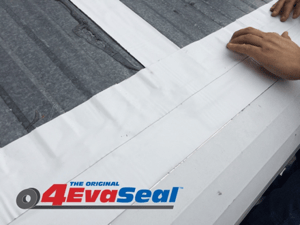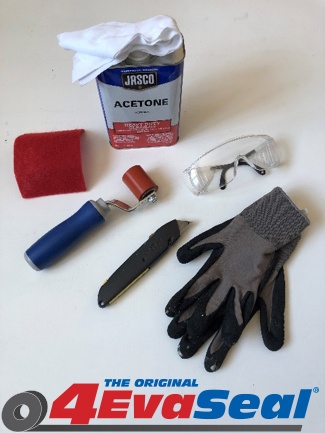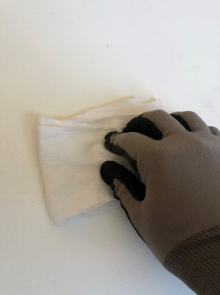Should I Use Xylene To Clean Vinyl Windows
Do's and Don'ts When Cleaning Surfaces with Solvent
To achieve the best bonds, use the following list of materials when installing waterproofing tapes described in this weblog post. Notwithstanding, the focus of this blog will be the solvent cleaners. Materials needed to install waterproof tapes are: Using h2o and a detergent is a common method for removing heavy dirt from surfaces. Pressure washing or scrubbing with the detergent solution provides the best results. Hard-to-remove, embedded dirt and staining may require a more aggressive cleaner or abrasive. On nonporous surfaces, a solvent cleaner is often used. The most common solvents used for cleaning are: Which solvent works best? The starting time step to determining the virtually appropriate solvent is to bank check the waterproofing tape data sheet or manufacturer'due south instructions. Often, the manufacturer has completed extensive testing to determine what works all-time and so you don't accept to. When this information is not available, the installer will need to make up one's mind the best solvent to apply for cleaning. The following is some general information regarding each of the solvents listed above to help y'all decide. Mineral spirits or paint thinner – Never recommended for cleaning a surface considering information technology can leave an oily residue. Practiced for cleanup of tools and equipment. May not be available in areas with strict VOC regulations. Alcohol – Common for cleaning a surface (often included with products in the grade of alcohol swabs). May not be available in areas with strict VOC regulations. Typically non used for cleaning tools and equipment. Acetone – Adept for cleaning substrates. Mildly ambitious; can damage surfaces. Proficient for cleanup of tools and equipment. VOC exempt solvent; widely bachelor. Xylene and Toluene – Aggressive solvents for cleaning; may harm plastics or paints. Skillful for cleanup of tools and equipment. May not be bachelor in areas with strict VOC regulations. Xylene and Toluene are very similar solvents. MEK – Very aggressive solvent for cleaning; may damage plastics or paints. Good for cleanup of tools and equipment. May not be available in areas with strict VOC regulations. All these solvents can soften or impairment surfaces, but the aggressive solvents like xylene, toluene and, MEK are well-nigh likely to create bug. Someday solvents are used for cleaning, they should exist tested in small camouflaged areas to determine if they will cause damage. Here are some tips for solvent cleaning: It is always recommended that you test the bail force of the repair. Follow the instructions from the post-obit blog to learn how to test adhesion on your project: Read the web log here. Take the following precautions when using solvents: Here are some final recommendations. Make sure the waterproof tape selected for the repair is suitable for use on your application and is designed to provide a long-term watertight seal. Less expensive repair tapes, flashing tapes and waterproofing tapes often provide junior performance and limited bond force or lack of UV stability. Choosing the correct waterproofing record is equally as important as the surface preparation. Desire to know more most how to use 4EvaSeal waterproofing tapes for roofing repairs or to receive a sample to exam adhesion to your roof? Click here  Cocky-agglutinative waterproof tapes bond to substrates with greater force when the substrates are make clean and dry and the tapes are applied in warm temperatures. The greatest challenge with existing materials is always how to become them clean. Outdoor substrates collect dirt that tin become embedded in the surfaces. The surfaces tin can besides be dusty or chalky from UV exposure.
Cocky-agglutinative waterproof tapes bond to substrates with greater force when the substrates are make clean and dry and the tapes are applied in warm temperatures. The greatest challenge with existing materials is always how to become them clean. Outdoor substrates collect dirt that tin become embedded in the surfaces. The surfaces tin can besides be dusty or chalky from UV exposure.



Topics: Surface grooming, waterproofing tapes, 4evaseal blog
Source: https://blog.4evaseal.com/dos-and-donts-when-cleaning-surfaces-with-solvent-
Posted by: robertshispout98.blogspot.com


0 Response to "Should I Use Xylene To Clean Vinyl Windows"
Post a Comment